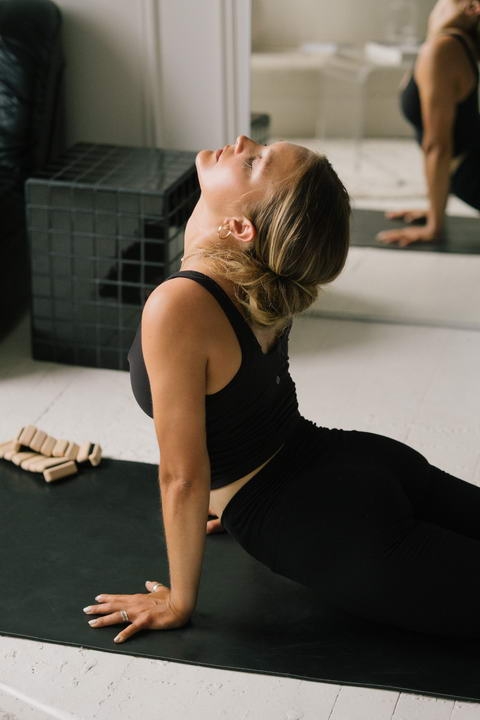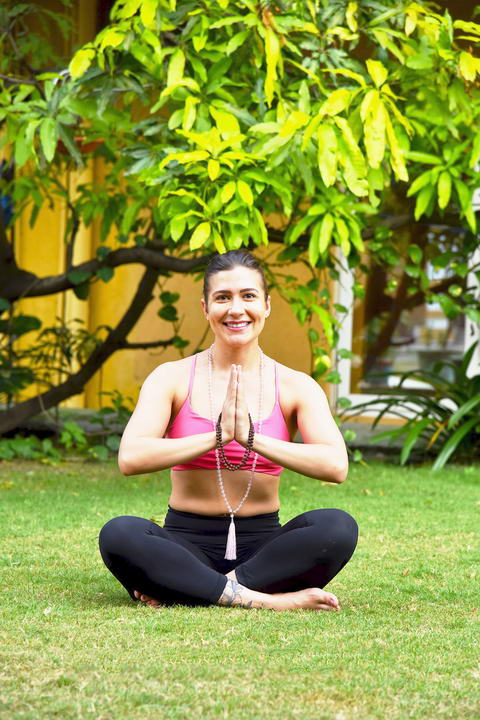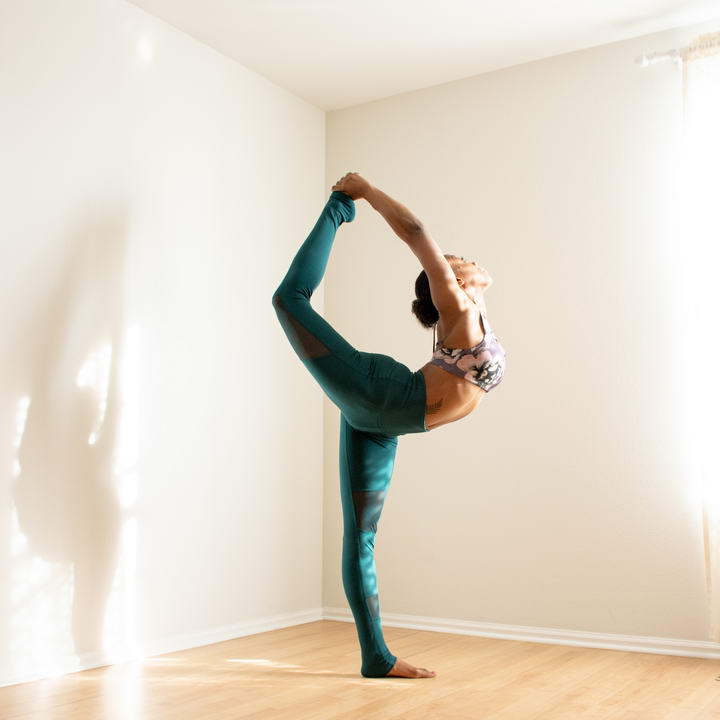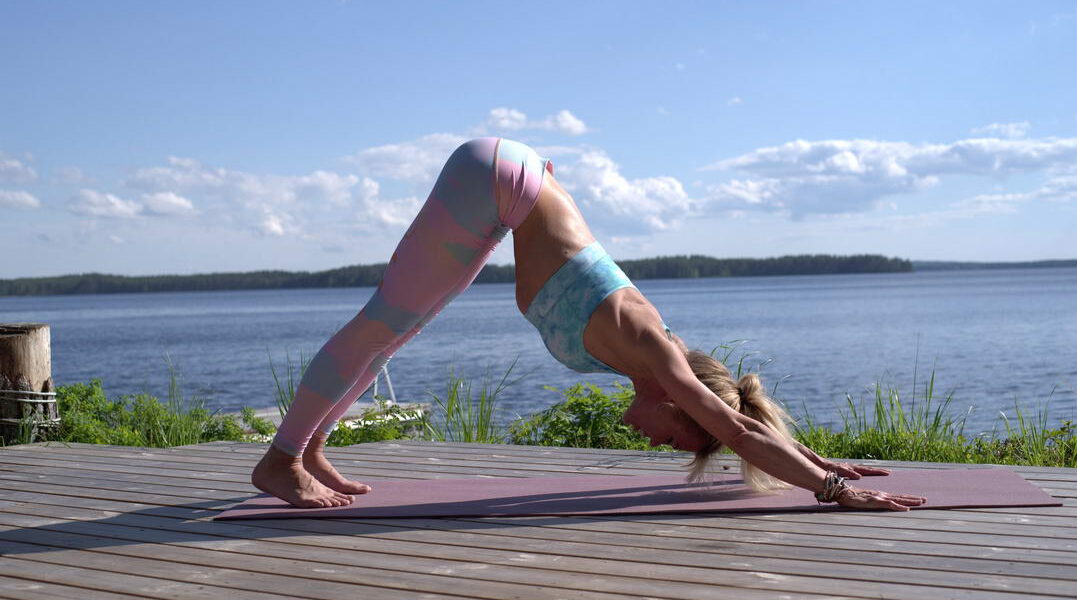Yoga, with its deep roots and multifaceted approach, offers a wealth of benefits that go beyond physical fitness, encompassing mental clarity, emotional balance, and spiritual growth. Whether you’re just starting your yoga journey or have been practicing for years, you likely have questions about various aspects of this ancient discipline. In this article, we’ll address some of the most common questions about yoga practice, providing clear, informative answers to help you deepen your understanding and enhance your practice.
Explore Meditation Retreats & Wellness Retreats
Explore Yoga Retreats with Tejomaia.com

What is the best time to do yoga practice?
The best time to do yoga practice ultimately depends on individual preferences, schedule, and lifestyle. Some people find that practicing yoga in the morning helps energize and prepare them for the day ahead, while others prefer to practice in the evening to unwind and de-stress after a busy day. Ultimately, the most important thing is to find a time that works for you and your body. Consistency is key, so try to establish a regular yoga practice at a time that feels comfortable and sustainable for you. Whether it’s early in the morning, during lunch break, or in the evening before bed, prioritize a time when you can fully commit to your practice and reap the benefits of yoga for your physical, mental, and emotional well-being.
How many times a week you need to do yoga practice?
The frequency of yoga practice depends on individual goals, preferences, and lifestyle. While even practicing once a week can offer benefits, aiming for 2-3 sessions per week allows for consistency and progress in building strength, flexibility, and mindfulness. More frequent practice, such as 4-5 times per week or daily practice, may lead to faster improvements and deeper integration of yoga into daily life. However, it’s essential to listen to your body, prioritize rest and recovery, and find a balance that feels sustainable and enjoyable for you. Ultimately, the best practice frequency is one that supports your overall well-being and fits into your schedule and commitments.
Is 30 minutes of yoga practice a day enough?
Yes, practicing yoga for 30 minutes a day can offer significant benefits for physical, mental, and emotional well-being. Even a short daily yoga practice session provides an opportunity to stretch, strengthen, and center the body and mind. In just 30 minutes, you can complete a well-rounded practice that includes warm-up stretches, a variety of yoga poses to build strength and flexibility, and relaxation or meditation to calm the mind. Consistency is key, so establishing a daily yoga routine, even for a brief period, can help maintain flexibility, reduce stress, and improve overall health over time. However, the effectiveness of a 30-minute yoga session may vary depending on individual goals, fitness level, and lifestyle factors. Adjustments can always be made based on personal preferences and time constraints.
What happens if you do yoga practice every day for a month?
If you practice yoga every day for a month, you may experience a range of physical, mental, and emotional benefits. Physically, you may notice improvements in flexibility, strength, and posture as your muscles become more toned and your joints become more supple. Consistent yoga practice can also enhance balance, coordination, and body awareness.
Mentally and emotionally, daily yoga practice can help reduce stress, calm the mind, and improve mood. The focus on breath awareness and mindfulness in yoga practice can promote relaxation and clarity, helping you feel more grounded and centered throughout the day. Additionally, regular yoga practice can increase self-awareness and cultivate a deeper connection between mind, body, and spirit.

Over the course of a month, you may also notice other positive changes, such as better sleep, increased energy levels, and a greater sense of overall well-being. However, individual experiences may vary, and it’s essential to listen to your body and make adjustments to your practice as needed. By committing to a daily yoga practice for a month, you have the opportunity to explore the transformative power of yoga and establish a strong foundation for long-term health and wellness.
How long until yoga practice changes your body?
The timeline for experiencing physical changes from yoga varies widely depending on individual factors such as fitness level, consistency of practice, and body composition. Some people may notice improvements in flexibility, strength, and posture after just a few sessions, while others may take several weeks or months to see significant changes. With consistent practice, however, most practitioners can expect to see positive changes in their bodies over time. These may include increased flexibility, enhanced muscle tone, improved balance and coordination, and a greater sense of overall well-being. It’s essential to approach yoga with patience, persistence, and an open mind, allowing the practice to unfold gradually and embracing the journey of self-discovery and growth.
Why are people who do yoga fit?
People who practice yoga often exhibit a level of fitness because yoga offers a comprehensive approach to physical health and well-being. Yoga combines elements of strength, flexibility, balance, and cardiovascular exercise, making it a holistic form of fitness. Yoga poses (asanas) target various muscle groups, helping to build strength and muscle tone throughout the body. Additionally, yoga promotes flexibility by stretching and lengthening muscles, which can enhance range of motion and reduce the risk of injury. The focus on balance and stability in yoga poses improves proprioception and coordination, contributing to overall physical fitness. Moreover, certain styles of yoga, such as Vinyasa or Power yoga, incorporate flowing sequences and dynamic movements that elevate heart rate and provide a cardiovascular workout. Beyond physical fitness, yoga also promotes mental well-being, stress reduction, and mindfulness, which can further support overall health and vitality. Therefore, people who practice yoga regularly often exhibit a well-rounded level of fitness that encompasses both physical and mental aspects of health.

Why does yoga practice feel so good ?
Yoga often feels good due to its multifaceted approach to physical, mental, and emotional well-being. Physically, yoga helps release tension and tightness in the muscles through stretching and strengthening exercises, promoting a sense of relaxation and ease in the body. The practice also improves circulation, which can enhance energy levels and overall vitality. Additionally, yoga stimulates the release of endorphins, neurotransmitters that promote feelings of happiness and well-being, leading to an uplifted mood and sense of contentment.
Mentally and emotionally, yoga encourages mindfulness and present-moment awareness, helping to quiet the mind and reduce stress. The focus on breath awareness and conscious movement promotes relaxation and clarity, allowing practitioners to let go of worries and distractions and cultivate a deeper sense of inner peace. Moreover, yoga provides an opportunity for self-expression, self-discovery, and personal growth, fostering a greater connection between mind, body, and spirit.
Overall, the combination of physical movement, breathwork, mindfulness, and relaxation in yoga creates a holistic experience that feels deeply nourishing and rejuvenating, leaving practitioners feeling grounded, centered, and revitalized.

Why are yoga people so strong?
Yoga practitioners often develop strength through regular practice for several reasons. Firstly, yoga involves holding various poses that engage and challenge different muscle groups, leading to increased muscular endurance and strength over time. Additionally, many yoga poses require stability and balance, which further activate core muscles and contribute to overall strength development. Furthermore, the emphasis on controlled breathing and mindful movement in yoga enhances body awareness and allows practitioners to gradually increase their strength without overexertion. Consistent practice, proper alignment, and progression in difficulty level are key factors in building strength through yoga .
Explore Meditation Retreats & Wellness Retreats
Explore Yoga Retreats with Tejomaia.com


